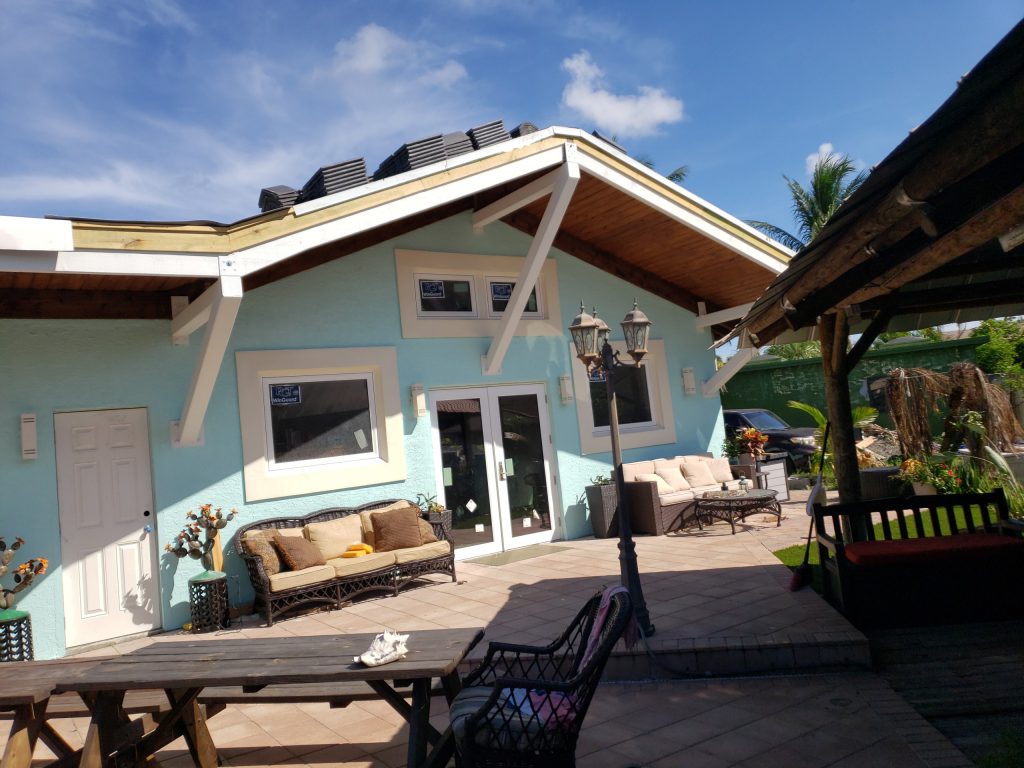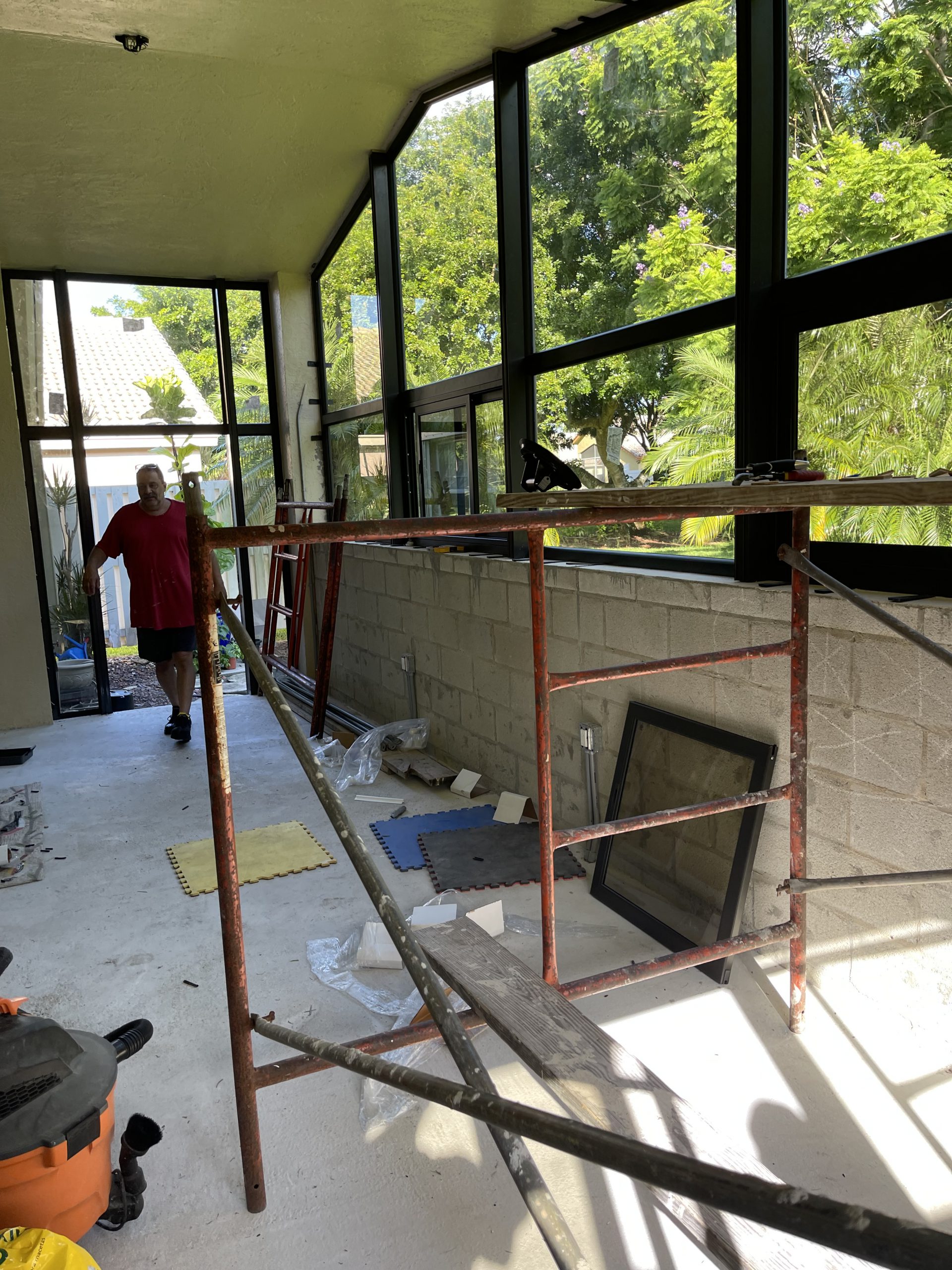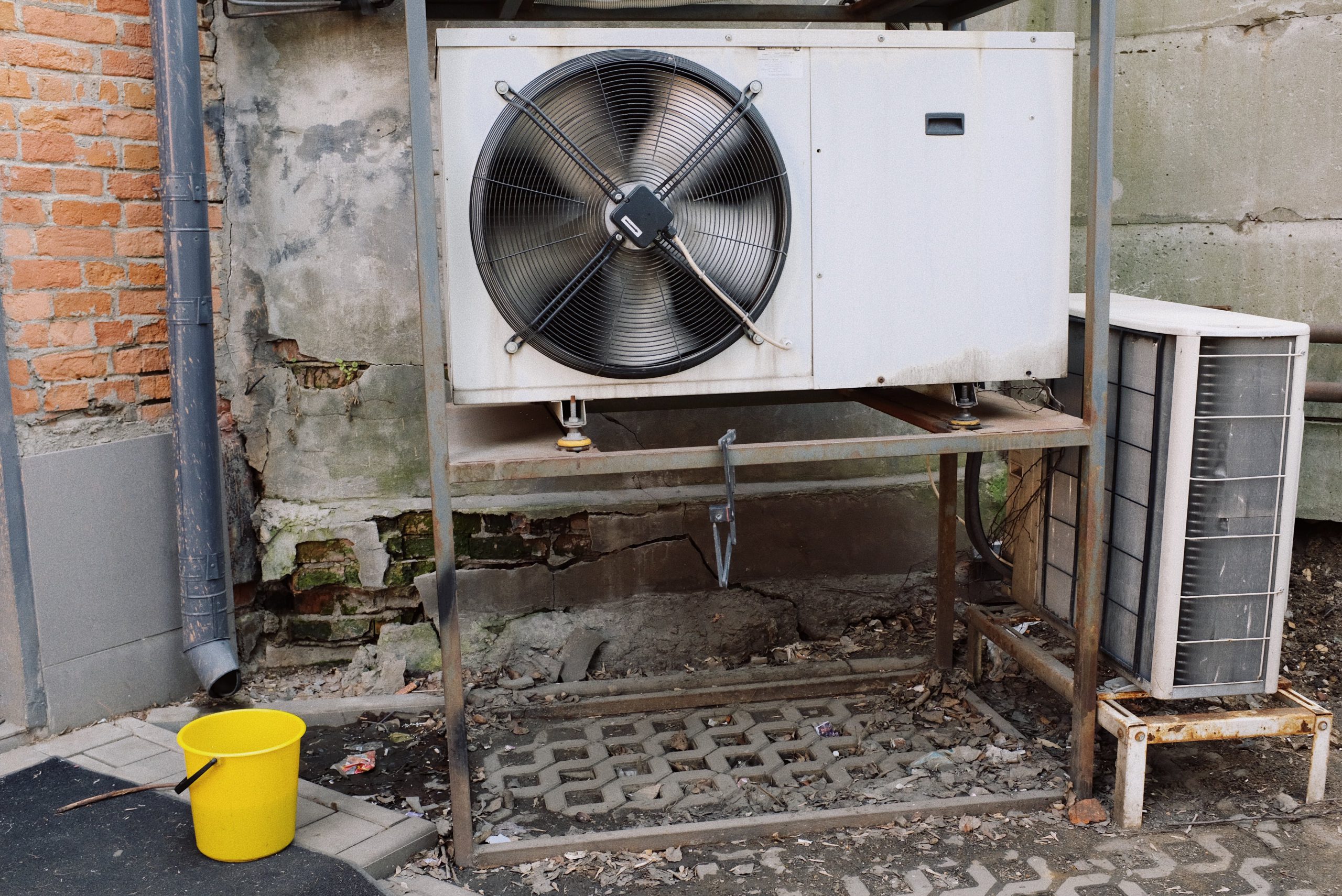The Benefits of Preventive Roof Maintenance
Convincing nonroofing experts about the importance of preventive maintenance is a difficult task. Here are some tips to make the job easier.
By Peter KalingerPlanned and regular maintenance is essential to ensure that any roof will provide satisfactory performance for its full-expected life. In the light of current economic conditions, pressures to reduce costs and use resources efficiently have increased the degree to which school administrators are being forced to avoid or defer non-essential expenditures and to do more with less. Programmed maintenance provides a practical tool in the effective management of assets through more planning and less “firefighting.
Roofs are required to fulfill a variety of functions critical to the building’s performance. They are an integral part in the control of the interior environment, maintaining the comfort of the occupants and protection of the building contents. For the most part, they receive little attention until they leak. Unfortunately, once leaks occur, it usually signifies extensive damage to the roofing system. Roof leaks can negatively affect all aspects of a school, including the value of the building, the cost of operations, the scheduling of programs and the safety and comfort of students and teachers. Water damage can ruin interior finishes and contents, while wet roof insulation translates into higher heating and cooling costs. Ongoing leaks can, over time, degrade and decay building elements, rot wood, spall concrete, corrode steel and promote the growth of mildew and fungus. If severe enough, this deterioration may present serious health and safety concerns to the occupants.
All too often, school administrators operate under the misconception that, once a roof has been installed, no further action is required. This may be the result of the belief that warranties will provide a remedy for any performance problems that may occur. However, almost all warranties specify that the owner is obliged to maintain the roof properly. Unfortunately, the specific maintenance requirements are often poorly defined or articulated, and it is usually left to the building owner to determine the appropriate level and type of intervention. The problem is exacerbated by the current need of school boards to rationalize and “right-size” their operations. More emphasis on the “core business” and managerial control of expenditures has resulted in fewer fiscal and human resources available for building maintenance. Most boards can no longer afford to have in-house construction and roofing experts. As a result, roofing consultants are playing a larger role in providing the expertise required making sound construction and maintenance expenditure decisions.
Why Maintain? The normal life expectancy of roofs in North America is purported to be in the range of 20 years. The useful service life (USL) of any roof can be expressed in the following manner: USL = f(D, M, A, E, Mc) where D = design M = roofing materials A = application at installation E = exposure (abuse, etc.) Mc = maintenance. Assuming the initial roof design was satisfactory for the intended use, the materials met performance and design criteria, it was installed properly and that it has not been abused, any variance from the predicted service life can be attributed to the remaining independent variable maintenance. According to Murphy’s Law, all things, including roofs, eventually wear out. The purpose of any roof maintenance program is to decrease the acceleration rate of the normal aging” by implementing timely and effective measures that restore the roof to its full level of performance and extend its remaining service life. In addition, costs of corrective action escalate over time. Minor defects, left unattended, escalate to cause widespread damage. Routine and preventive maintenance can retard the aging process while eliminating potential problems that have higher costs of correction in the future. Roof maintenance programs are designed to correct minor anomalies that may be potential sources of water penetration before the infiltration occurs, avoiding the damage and costs associated with leakage.
Calculating Costs
Why then is it so difficult to convince some school administrators and board members of the benefits of maintenance? One reason is that the decision-makers often have strong financial credentials but little familiarity with the technical aspects of roofing. Fortunately, we have available to us a number of techniques that assist in evaluating the costs and benefits of roof maintenance in a form that makes roofing easier to understand. Two such techniques are life cycle costing (LCC) and internal rate of return (IRR). Detailed information on these methods can be obtained from any library. To be of any use, however, these methods require that we first identify and measure all costs and benefits, and then reduce them to a common denominator. Some benefits and costs, such as comfort of the occupants and effects on building operations, may be difficult to quantify in monetary terms. In addition, once converted into monetary values, the costs and benefits have to be discounted to a common point in time in order to be added and compared. Comparing projects with unequal lives, as occurs when choosing between maintenance and no intervention, may pose conceptual difficulties. A common method of overcoming the problem is to use a replacement chain technique for the analysis. This involves setting up a series of replacement chains extending out to the lowest common denominator year, which is the first year that the replacement of the roof under each scenario would coincide. A simpler procedure that can be used to compare projects of equal lives is known as the equivalent annuity method. In this technique we can find the present value of each project by assuming a continuous replacement chain out into infinity and treat their costs as an annuity over the life of the projects. The discount rate we use in our analysis has significant impact on the final decision and a high level of confidence is required in selecting the appropriate rate to use. In the absence of certainty, many scenarios, using different possible discount rates, must be developed. Also, budget estimates must be continually compared to actual expenditures, and require adjustment to reflect the variance between the assumed and actual rate, the effects of inflation, or efficiency gains due to technological changes.
Equally important is the efficacy of the assumptions made regarding the estimated service life, maintenance and repair costs, and effectiveness of the repairs. As a result, the knowledge and skill of the analyst, in many instances the roof consultant, become even more important. It is only through his or her experience with roofing construction and performance that reliable predications can be made. In order to be valid, the analyses must ultimately rest on the reliability of the individual performing them. Only those thoroughly trained and knowledgeable about roof systems behavior and characteristics should be considered as qualified to make those assumptions with any level of confidence. Without this expertise, effective recommendations and reliable maintenance or replacement budgets cannot be developed. A program of preventive maintenance ensures that the roof provides uninterrupted performance for its full expected life and often well beyond. As a result, financial planning is facilitated, unanticipated or extraordinary expenditures can be avoided, and scarce financial resources can be effectively allocated. A roof that requires replacement before it is expected can often mean that other planned projects have to be deferred or even canceled. If the necessary funds are not available for the unanticipated replacement, the district may face higher costs and be forced to employ short-term measures, such as an endless series of temporary and usually ineffective repairs in a desperate attempt to delay replacement while rendering the building watertight.
An Annual Maintenance Program
The best time for the establishment of a maintenance program is during the roof’s design and construction. Roofs that are built with maintenance in mind can reduce significantly the yearly operational costs of a building. At the date of initial installation a historical file should be compiled, complete with the following information:
- as-built specifications, including any addenda;
- a roof plan showing all equipment and penetration locations;
- as-built drawings and construction details;
- all project inspection reports and minutes of meetings relating to the roof installation;
- material specifications, data sheets, etc.; and
- roof warranties (material, labor).
In addition, the following items form an integral part of the historical file during the life of the maintenance program:
- maintenance task reports;
- reports of any problems, repairs and leaks;
- records of any modifications to the roof, including rooftop equipment.
Upon completion of the historical file, the implementation phase can commence. This normally consists of a roof survey, during which the condition of the roof is assessed and all anomalous conditions are located and identified. The information obtained from the surveys is used to develop repair and maintenance recommendations and long-term roof replacement budgets. Regular inspections form the foundation of the roof survey. These should be carried out at least twice yearly. An inspection in the spring reveals any possible damage resulting from severe winter weather and identify any corrective action required. Repairs can then be made under the most suitable climatic conditions. A fall inspection reveals any preventive action that is required before winter. In addition to the spring and fall inspections, the roof should be examined after any major weather event or construction activity that might have caused damage to it. All inspections of the roof should be accompanied by a thorough examination of interior areas directly below the roof, including interviews with building personnel to identify any problems that may be hidden from view. Several other techniques are currently available to augment the roof condition survey and analysis. These are primarily nondestructive methods of locating moisture-contaminated components, including infrared thermography, nuclear moisture surveying and electrical impedance scanning. Using these methods, in combination with core test sampling to verify wet areas, roof repairs can often be minimized and limited to only those that have been affected by moisture ingression. Based on the information provided by the inspections, task reports, which identify the preventive or corrective actions to be undertaken and their associated costs, are developed. The actions required and the proposed procedures are determined by the configuration and composition of the roof assembly surveyed. Once the actions have been undertaken, the records are updated and the cycle begins anew. Roofs are subject to the stresses and deteriorating effects of their usage. The rate of deterioration can be slowed through the implementation of a well-designed roof maintenance program. Through implementing preventive actions in a timely manner, a roof’s performance can be maximized and its useful service life extended. Financial analysis should be viewed as a useful tool to assist the decision-maker in selecting among various expenditure alternatives and as a means of measuring costs and benefits in monetary terms. The basis of decisions, however, must always rely on the knowledge and skill of the individuals conducting the evaluation. For such analysis to have any merit, a thorough understanding of roof construction and engineering principles is crucial. Peter Kalinger is the technical director of the Canadian Roofing Contractors’ Association, Ottawa, Canada. He has been involved in the roofing industry for more than 25 years. He sits on numerous standards committees and has written articles on roofing for various trade and scientific journals. He is also a principal partner of Kalinger & Associates, a consulting firm specializing in roofing services.










